Home>Articles>What Was The First Weather Instrument Invented?
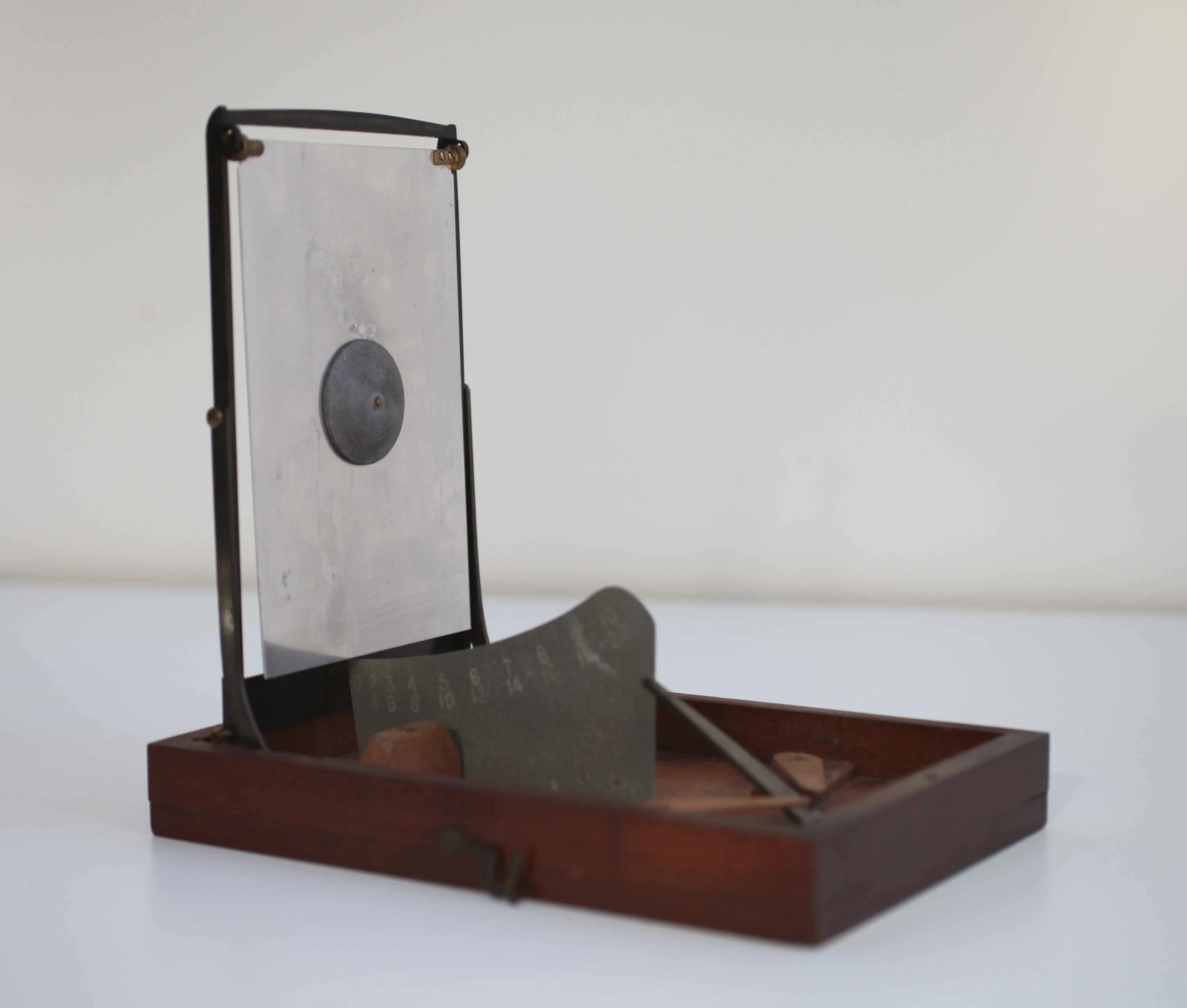

Articles
What Was The First Weather Instrument Invented?
Modified: October 20, 2024
Discover the history of weather instruments in this informative article. Explore the origins of the first weather instrument ever invented and its significance in meteorology.
(Many of the links in this article redirect to a specific reviewed product. Your purchase of these products through affiliate links helps to generate commission for Storables.com, at no extra cost. Learn more)
Introduction
Throughout history, mankind has been fascinated by the weather and its ever-changing patterns. Understanding the weather has been crucial for various purposes, such as agriculture, navigation, and general well-being. However, before the age of advanced technology and meteorological satellites, early civilizations had to rely on primitive weather instruments to record and forecast the weather.
In this article, we will delve into the fascinating world of the first weather instruments invented by humans. These ingenious devices paved the way for modern meteorology and provided invaluable insights into the mysteries of the weather.
We will explore the invention of the thermometer, the barometer, the hygrometer, the anemometer, and the rain gauge. Each of these instruments played a pivotal role in advancing our understanding of the weather and led to monumental discoveries in the field of meteorology.
So, let us embark on a journey through time to discover the origins of these remarkable inventions and the impact they have had on our understanding of the weather.
Key Takeaways:
- The evolution of weather instruments, from Galileo’s thermometer to modern digital devices, has revolutionized meteorology, providing crucial insights into temperature, pressure, humidity, wind, and rainfall.
- Weather instruments connect us to the natural world, shaping our understanding and appreciation of the forces at play in our environment. As technology advances, the future of weather instruments holds great promise for unraveling the mysteries of the weather.
The First Weather Instrument: The Thermometer
The thermometer is perhaps the most iconic weather instrument and is used to measure temperature. The creation of the thermometer is credited to Galileo Galilei, an Italian astronomer and physicist, in the early 17th century.
Galileo’s thermometer consisted of a glass tube filled with a liquid, usually alcohol or mercury, and a small bulb at the bottom. As the temperature increased, the liquid expanded and rose up the tube, providing a visual indication of the temperature. Conversely, as the temperature decreased, the liquid contracted and moved down the tube.
While Galileo’s design laid the foundation for the modern thermometer, it was later improved upon by other notable scientists. In 1714, Daniel Gabriel Fahrenheit developed the mercury-in-glass thermometer that is still widely used today. Fahrenheit’s design introduced a standardized scale and precise calibration, making temperature measurement more accurate.
Another significant advancement came from Anders Celsius, a Swedish astronomer, in 1742. Celsius introduced the centigrade scale, which divided the temperature range between the freezing and boiling points of water into 100 equal divisions. This scale, known as the Celsius scale, is now commonly used in most parts of the world.
Over the years, thermometers have continued to evolve, with the introduction of digital thermometers and infrared thermometers. These modern advancements offer faster and more accurate temperature readings, making them invaluable tools for meteorologists and weather enthusiasts alike.
The thermometer revolutionized our understanding of temperature and its relationship to weather patterns. It allowed scientists to quantify changes in temperature and correlate them with other weather phenomena, leading to significant advancements in meteorology.
While the thermometer was the first weather instrument invented, it was only the beginning of humanity’s journey to unlock the secrets of the weather. Let’s explore the next instrument: the barometer.
The Invention of the Barometer
The barometer is a weather instrument used to measure atmospheric pressure. It was invented by Evangelista Torricelli, an Italian physicist, in the mid-17th century.
Torricelli’s invention revolutionized meteorology by providing a means to gauge changes in air pressure, which are closely linked with weather patterns. His groundbreaking creation was inspired by the work of his mentor, Galileo Galilei.
The first barometer consisted of a long glass tube filled with mercury and sealed at one end. The tube was then inverted and submerged in a basin containing mercury. As the atmospheric pressure changed, it caused the mercury level in the tube to rise or fall.
Torricelli’s invention demonstrated the concept of air pressure and proved that it could be measured accurately. He also discovered that variations in atmospheric pressure were indicative of changes in weather conditions. A high-pressure system typically indicated fair weather, while a low-pressure system often signaled the approach of a storm.
Since Torricelli’s initial invention, barometers have undergone several modifications and improvements. One notable advancement was the creation of the aneroid barometer in the 19th century. This portable and more compact version utilized a small, flexible metal box that expanded or contracted based on changes in atmospheric pressure.
Barometers are essential instruments in modern meteorology and weather forecasting. They provide valuable information about air pressure patterns, which helps predict and monitor upcoming weather changes.
With the invention of the barometer, scientists and meteorologists had a powerful tool to analyze and understand the complex interplay between atmospheric pressure and weather patterns. But there was still more to be discovered in the realm of weather instruments.
Next, let’s explore the invention of the hygrometer, a device that measures humidity levels in the air.
The Development of the Hygrometer
The hygrometer, a weather instrument used to measure humidity levels in the air, has a rich history that dates back centuries. The concept of measuring humidity was pioneered by Italian inventors, but it was not until the 17th century that a functional hygrometer was developed.
One of the earliest recorded attempts at measuring humidity can be attributed to Francesco Folli, an Italian mathematician, in 1664. Folli’s invention was based on the principle that certain organic substances, such as hair or a piece of cotton, tend to expand or contract with changes in humidity. He used a hair strand as a sensing element in his hygrometer.
However, the first practical hygrometer was invented by Swiss physicist and mathematician, Horace Bénédict de Saussure, in the late 18th century. Saussure’s hygrometer consisted of a human hair or a piece of animal membrane that would stretch or contract in response to humidity changes. This mechanism was connected to a dial, which displayed the humidity level.
Building on Saussure’s work, a Swiss engineer named Wilhelm August Julius von Bolyai improved the hygrometer design in the early 19th century. His invention introduced the concept of a wet and dry bulb thermometer, which is still commonly used today.
The wet and dry bulb hygrometer works by comparing the temperatures recorded by two thermometers: one with a wet bulb covered in a water-soaked cloth and the other with a dry bulb. The difference in temperature readings allows for the calculation of the relative humidity.
In the modern era, digital hygrometers have become popular due to their accuracy and ease of use. These devices employ electronic sensors to measure humidity levels and provide a digital display.
The hygrometer has played a crucial role in understanding how humidity affects weather patterns and human comfort. By measuring and monitoring humidity levels, meteorologists can provide accurate forecasts and climatologists can study and analyze long-term climate trends.
With the hygrometer at their disposal, scientists were able to delve even deeper into the intricacies of weather phenomena. Next, let’s uncover the creation of the anemometer, an instrument used to measure wind speed and direction.
The first weather instrument invented was the thermometer, developed by Galileo in the early 17th century. It was used to measure temperature and has since become a fundamental tool in meteorology.
The Creation of the Anemometer
The anemometer is a weather instrument used to measure wind speed and direction. The invention of the anemometer marked a significant milestone in meteorology, as it provided valuable insights into the behavior of the wind.
The credit for the creation of the anemometer goes to Leon Battista Alberti, an Italian architect and polymath, who developed the first mechanical anemometer in the 15th century. Alberti’s design consisted of a vertical axis with cups attached to it, which spun around as the wind blew. The rotation of the cups was then measured to determine the wind speed.
Over the years, various modifications were made to the original design to improve the accuracy and functionality of anemometers. One notable advancement came in the 18th century when English inventor and meteorologist, Thomas Romney Robinson, introduced the cup and vane anemometer.
The cup and vane anemometer featured three or four cups arranged on horizontal arms, connected to a vertical axis. Additionally, a tail or vane was attached to the axis, which kept the cups oriented into the wind. This design allowed for more precise measurements of wind speed and direction.
In the modern era, electronic anemometers have gained popularity due to their advanced technology and accuracy. These instruments utilize ultrasonic sensors or hot wire technology to measure wind speed, providing real-time data that is crucial for weather forecasting, climate studies, and various industrial applications.
Anemometers play a vital role in weather observations and research. They help meteorologists understand wind patterns, airflow dynamics, and how wind interacts with other atmospheric conditions. This knowledge is instrumental in predicting and tracking weather systems, as well as studying climate patterns.
With the creation of the anemometer, scientists were able to unravel the mysteries of the wind. However, there was still one crucial element of weather measurement that remained unexplored: rainfall. Let’s examine the evolution of the rain gauge next.
Read also: 9 Amazing Weather Instrument for 2025
The Evolution of the Rain Gauge
The rain gauge is a weather instrument used to measure the amount of precipitation, particularly rainfall. It has played a vital role in understanding water distribution, climate patterns, and the overall hydrological cycle.
The history of rain gauge development can be traced back to ancient civilizations, demonstrating humanity’s early interest in monitoring rainfall. Chinese meteorologists were among the first to use rain gauges, with records dating back over 2,000 years.
One of the earliest rain gauge designs was the “tipping bucket” method, invented by a Korean astronomer named Jang Yeong-sil in the 15th century. This design featured a container with two compartments, each balanced on a pivot. As the rainwater filled one compartment, it would tip, emptying the water and allowing the other compartment to collect rainfall.
In the 17th century, Christopher Wren, an English architect, introduced the standard cylindrical rain gauge, which is similar to the designs still in use today. Wren’s rain gauge consisted of a graduated cylinder that collected and measured rainfall. This design allowed for more accurate measurements and greater consistency across observations.
Advancements in the 19th century revolutionized rain gauge technology. The invention of the self-recording rain gauge by George James Symons, an English meteorologist, marked a significant milestone. This instrument featured a chart recorder that automatically recorded rainfall measurements, eliminating the need for manual observations.
Modern rain gauges rely on a variety of mechanisms to measure rainfall accurately. One common type is the weighing rain gauge, which uses a balance system to measure the weight of the collected rainfall. Other types include optical rain gauges, which utilize infrared light to detect raindrops, and even wireless rain gauges that transmit real-time data to meteorological stations.
Accurate measurement of rainfall is vital for a range of applications, including weather forecasting, climate studies, and water resource management. Rain gauges help meteorologists and scientists gauge precipitation patterns, identify climate trends, and assess the impact of rainfall on the environment.
With the evolution of the rain gauge, scientists have gained crucial insights into the distribution and behavior of rainfall. Combined with other weather instruments, such as thermometers, barometers, hygrometers, and anemometers, rain gauges have contributed to a comprehensive understanding of weather systems and their impact on our planet.
As we conclude our exploration of the evolution of weather instruments, we can appreciate the incredible advancements that scientists and inventors have made throughout history to unravel the mysteries of the weather. These instruments continue to play a crucial role in meteorology and our ability to predict, understand, and prepare for the ever-changing elements that surround us.
Conclusion
The invention and evolution of weather instruments have transformed our understanding of the natural world and the intricate workings of the weather. From the humble beginnings of the thermometer to the sophisticated designs of modern digital instruments, each invention has contributed to advancements in meteorology and our ability to forecast weather patterns.
The thermometer, barometer, hygrometer, anemometer, and rain gauge have provided valuable data and insights into temperature, atmospheric pressure, humidity, wind speed, and precipitation. These instruments have allowed meteorologists to gather vital information to understand weather patterns, predict storms, and monitor climate changes.
Each instrument has its own unique story of invention, with remarkable figures like Galileo Galilei, Evangelista Torricelli, Leon Battista Alberti, and many others leaving their mark on the field of meteorology. From the simple but effective designs of the past to the high-tech innovations of today, these instruments have paved the way for advancements in weather science.
As technology continues to advance, new and improved weather instruments will further enhance our ability to monitor and analyze the weather. From remote sensors and satellite technologies to automated data collection systems, the future of weather instruments holds great promise.
Regardless of the advancements, it is important to remember that weather instruments are not just tools for scientists and meteorologists. They are instruments that connect us to the natural world and help us better understand and appreciate the forces at play in our environment.
So, the next time you check the temperature on your smartphone or see a weather station in your local area, take a moment to appreciate the long history and innovation behind these weather instruments. They have revolutionized our understanding of the weather and continue to shape our ability to adapt and respond to the ever-changing atmospheric conditions.
As we look to the future, let us support and celebrate the continued development and improvement of weather instruments, as they are essential tools in our quest to unravel the mysteries of the weather and its impact on our lives.
Frequently Asked Questions about What Was The First Weather Instrument Invented?
Was this page helpful?
At Storables.com, we guarantee accurate and reliable information. Our content, validated by Expert Board Contributors, is crafted following stringent Editorial Policies. We're committed to providing you with well-researched, expert-backed insights for all your informational needs.
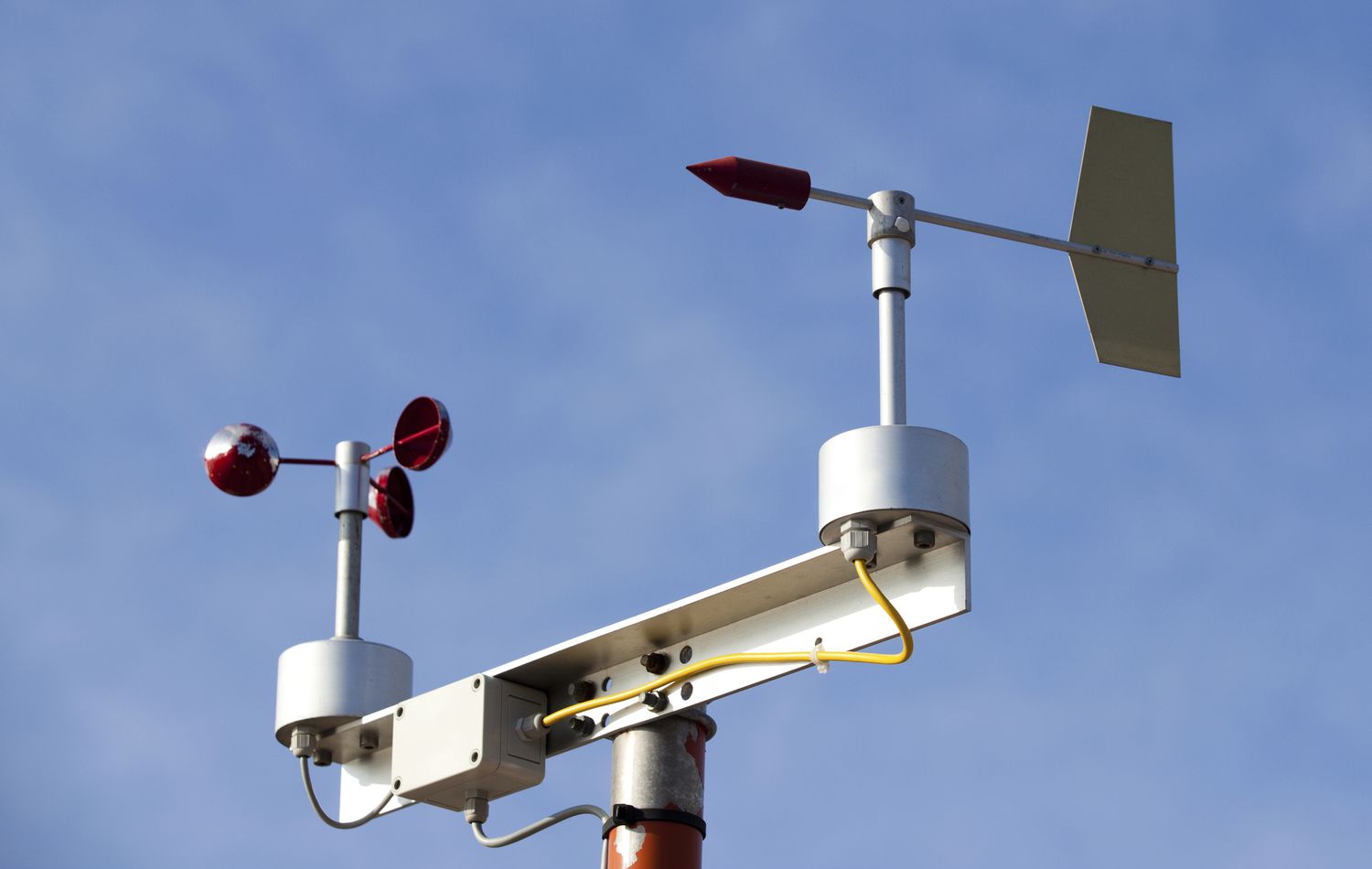
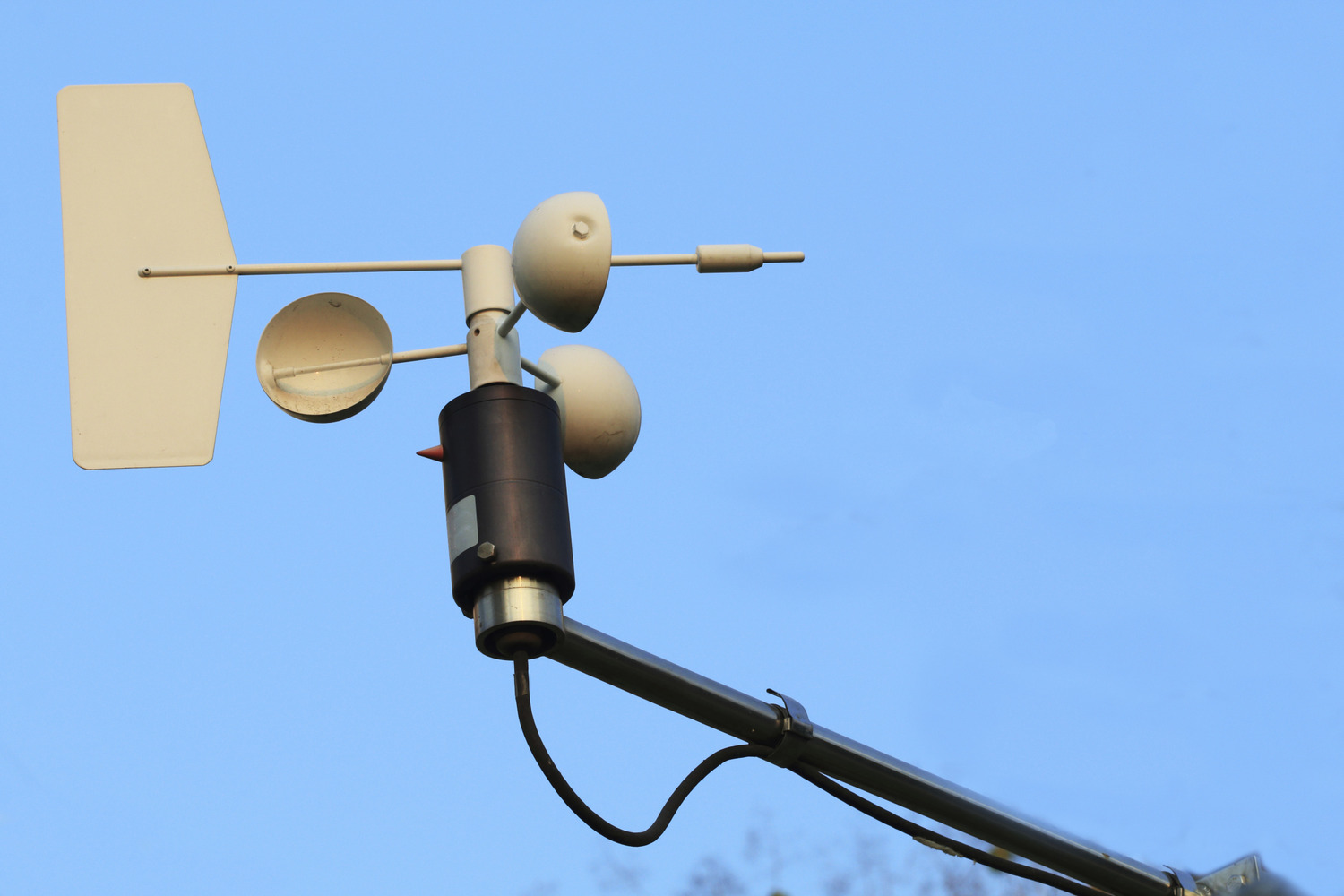
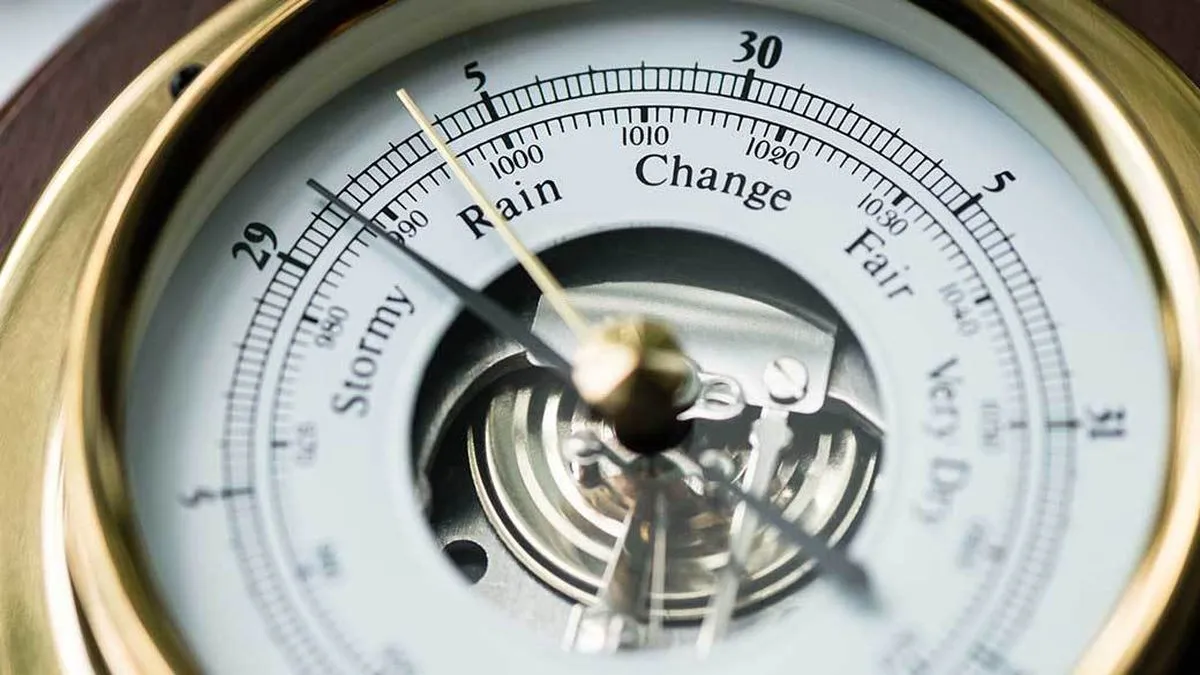
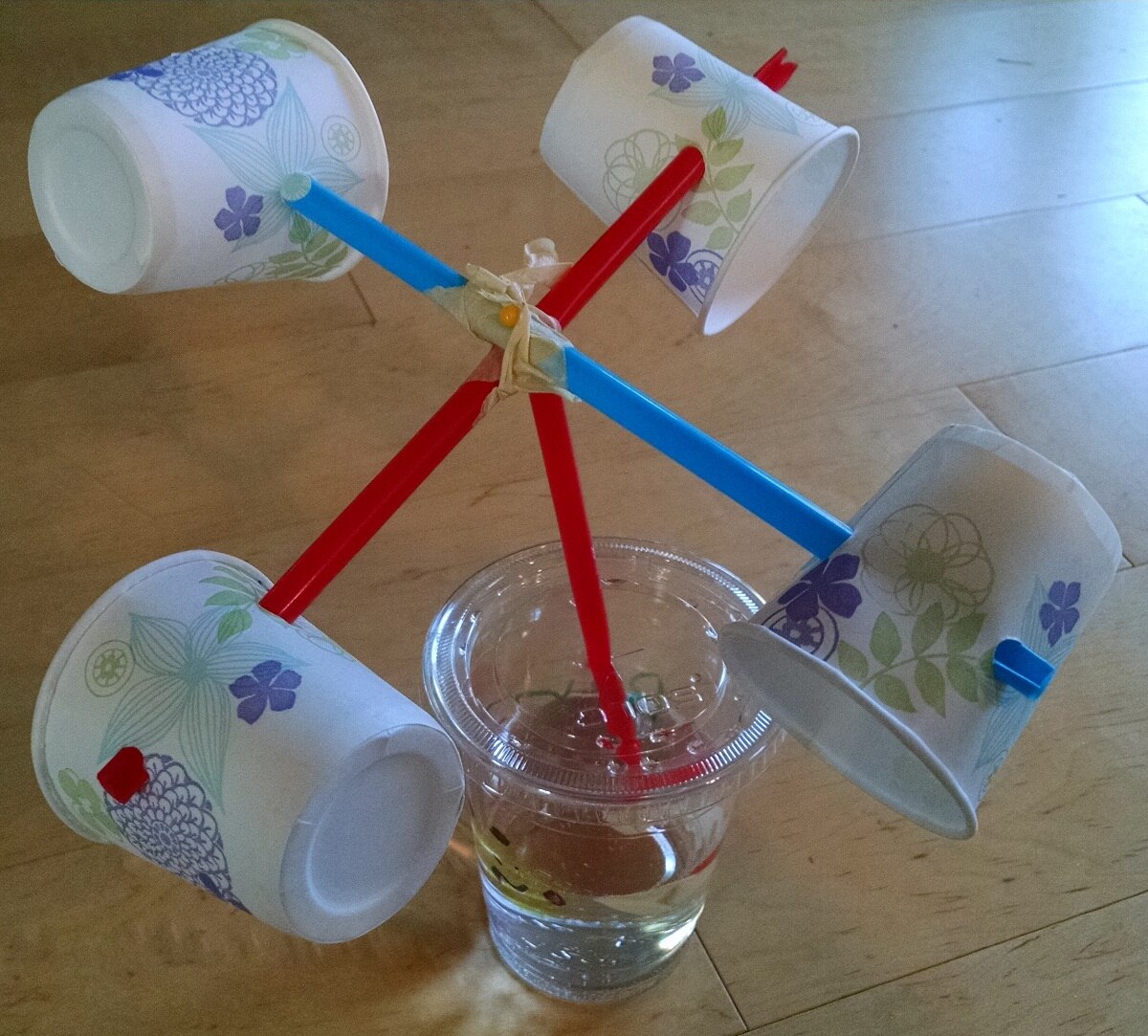
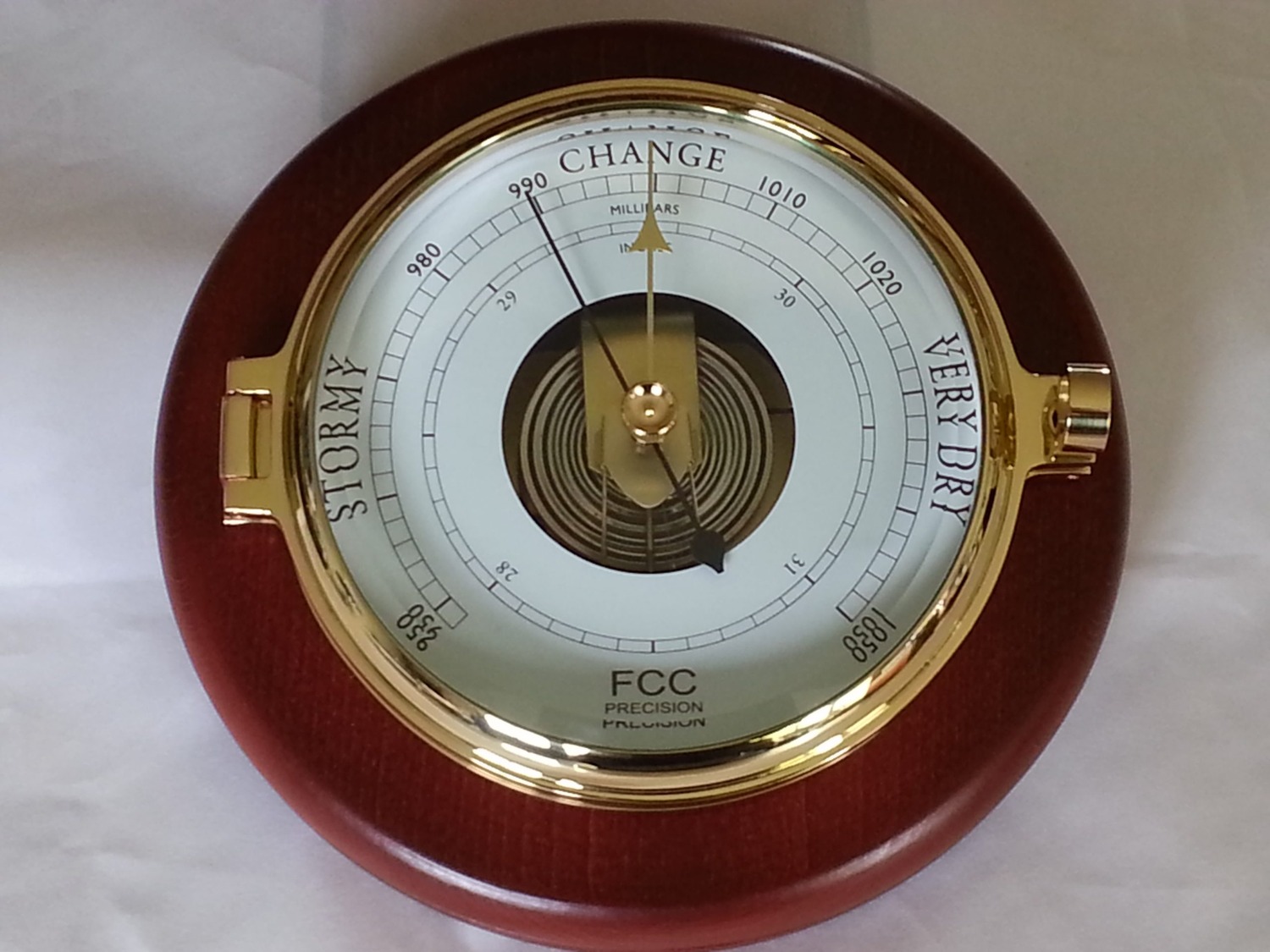
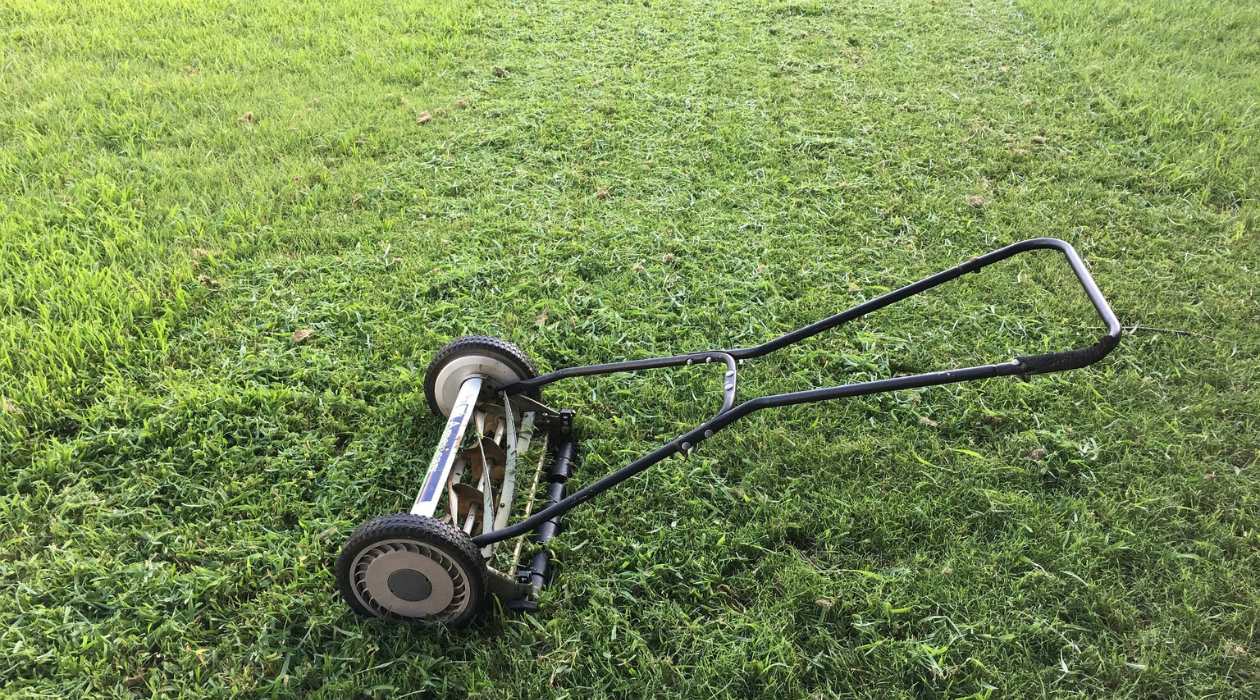
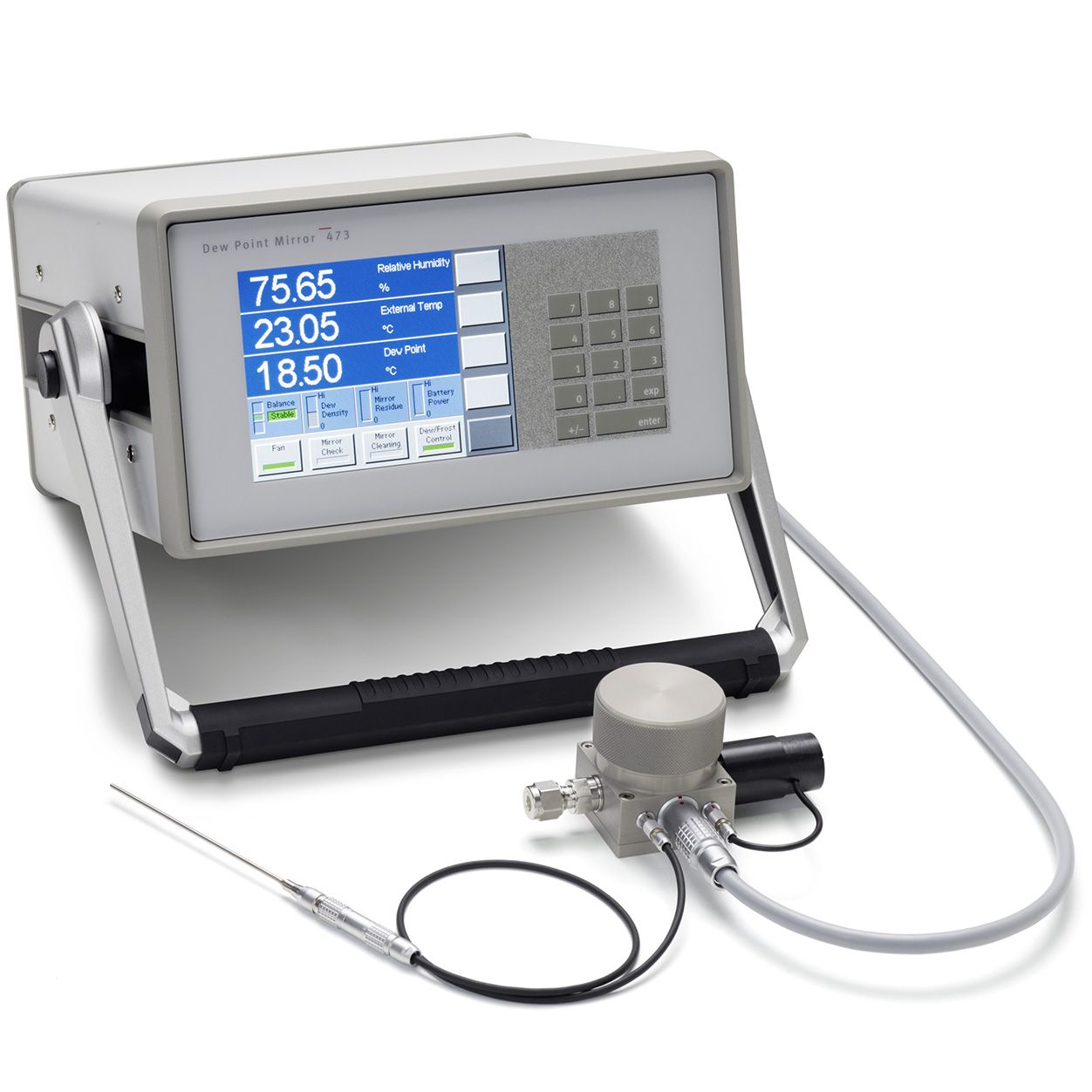
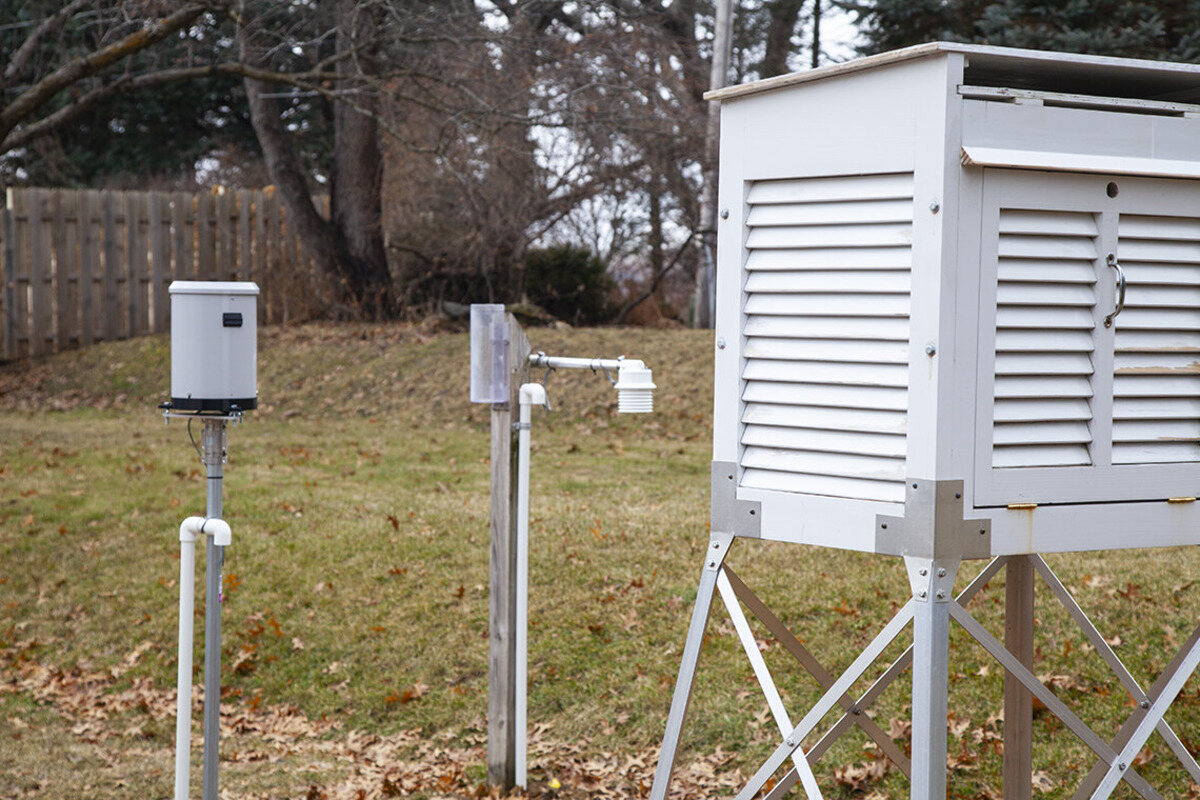
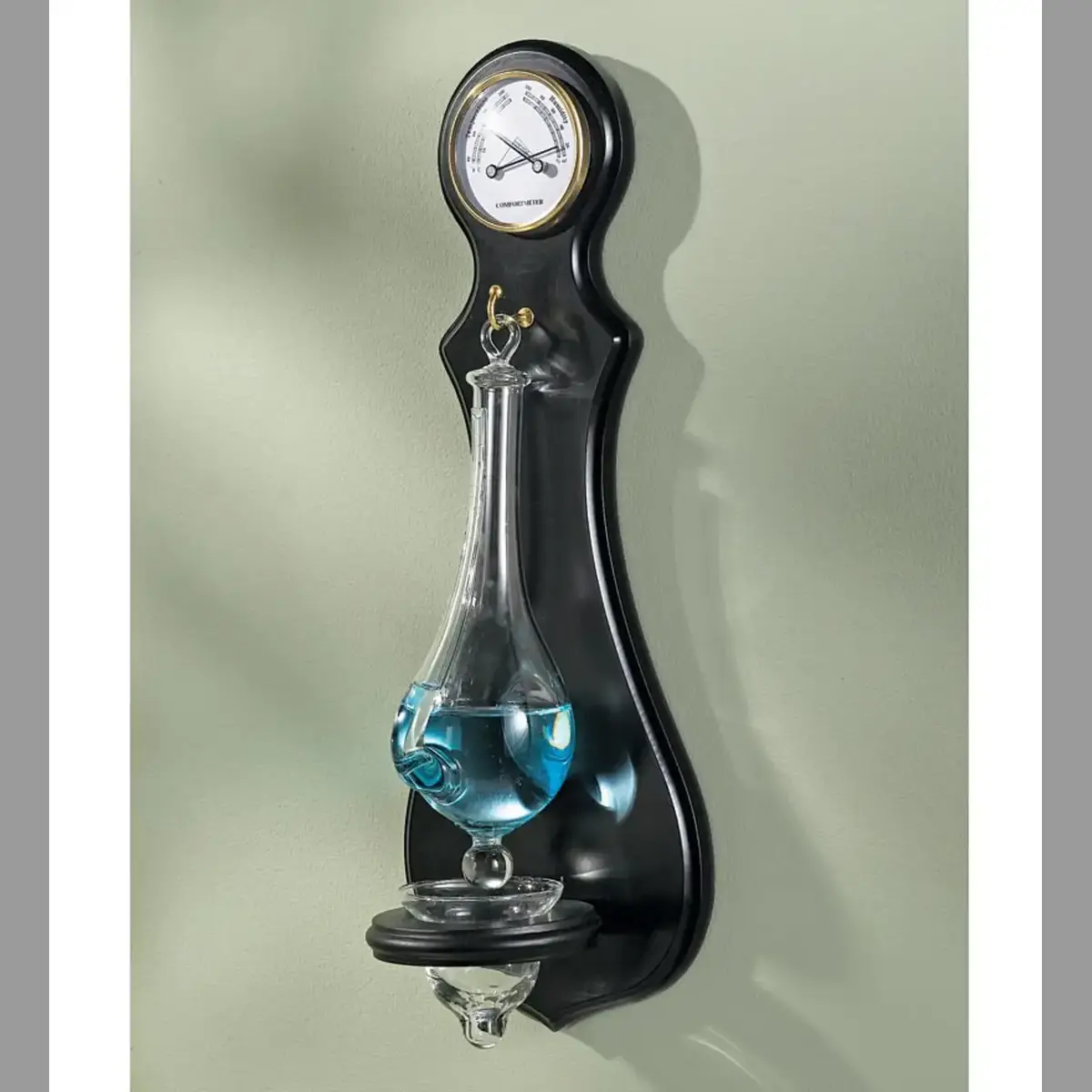
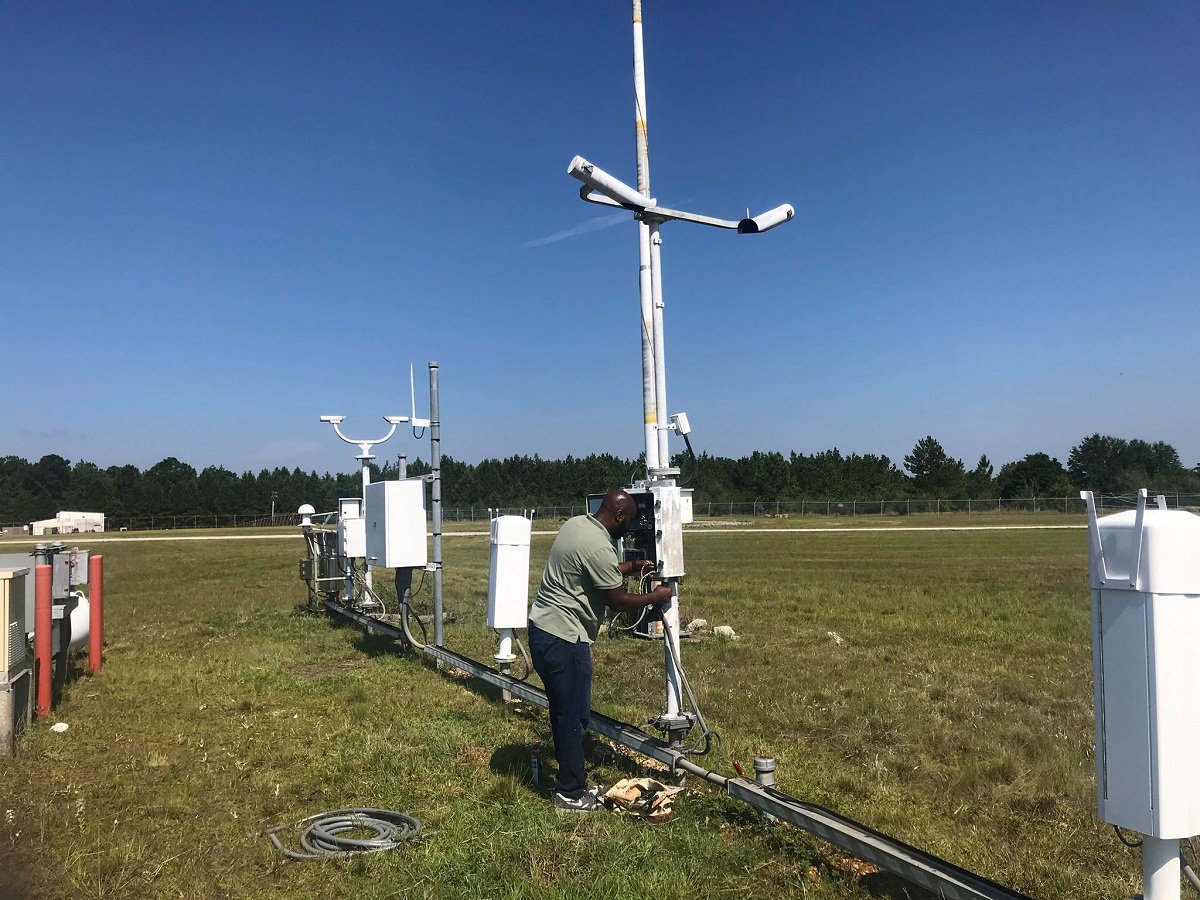
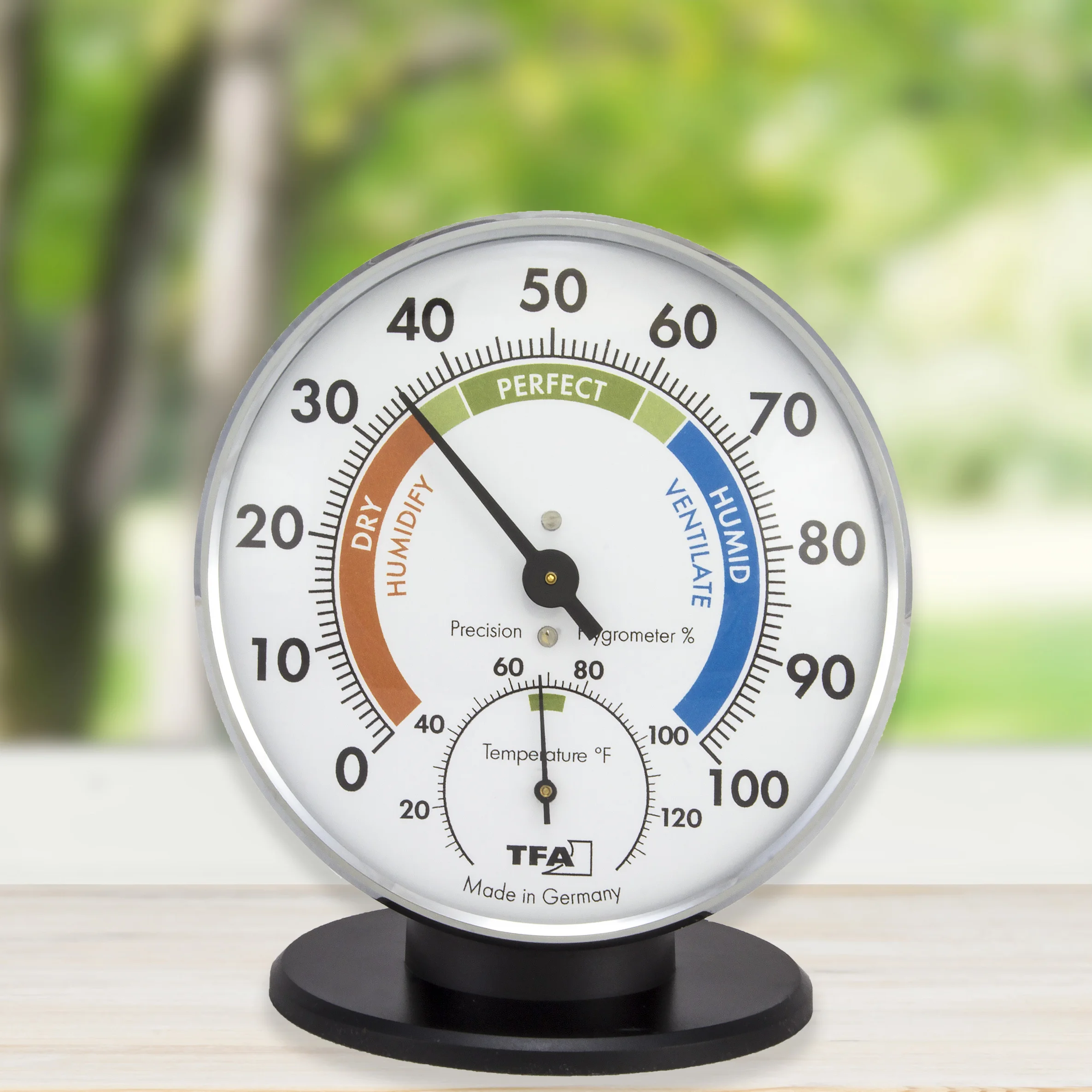
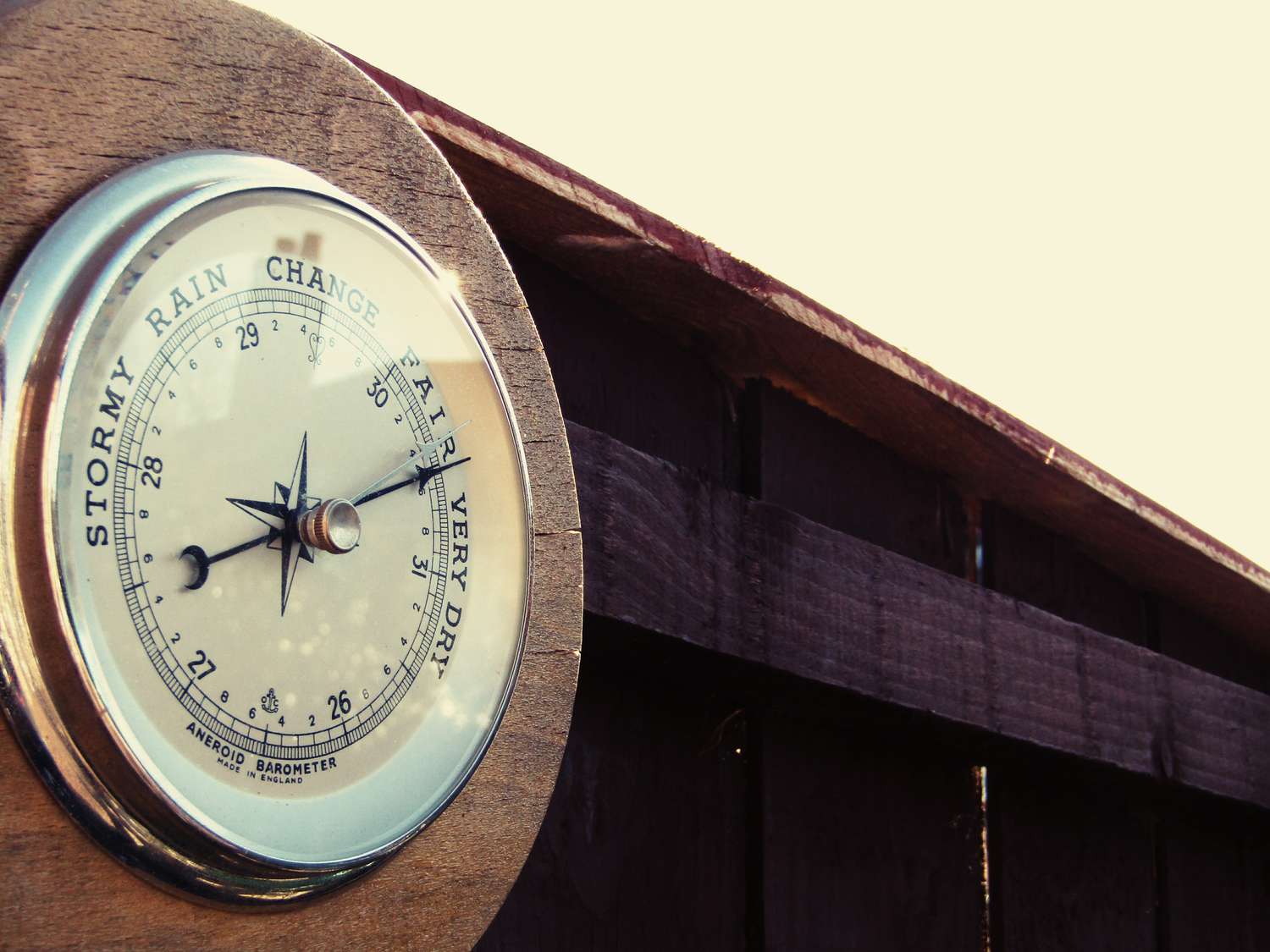
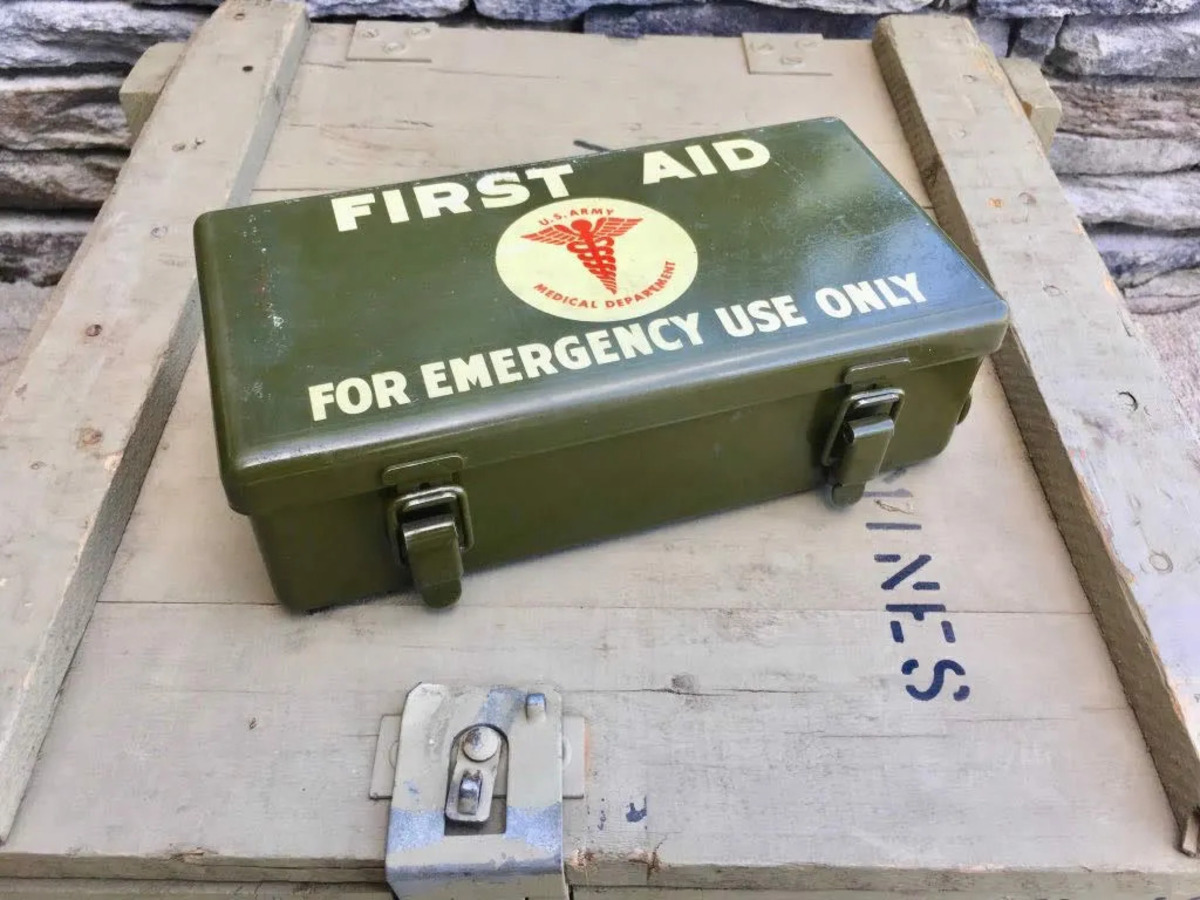
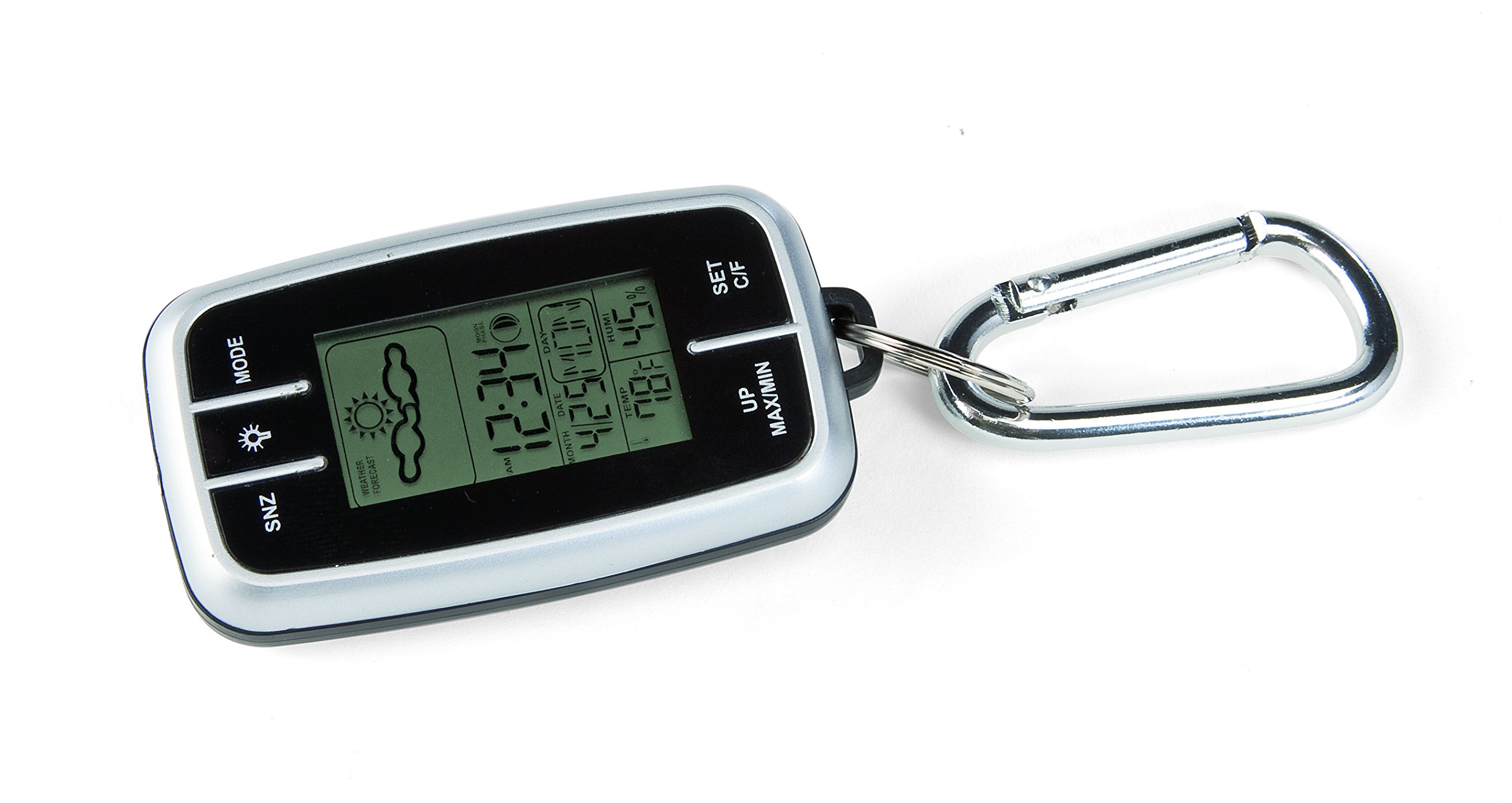

0 thoughts on “What Was The First Weather Instrument Invented?”